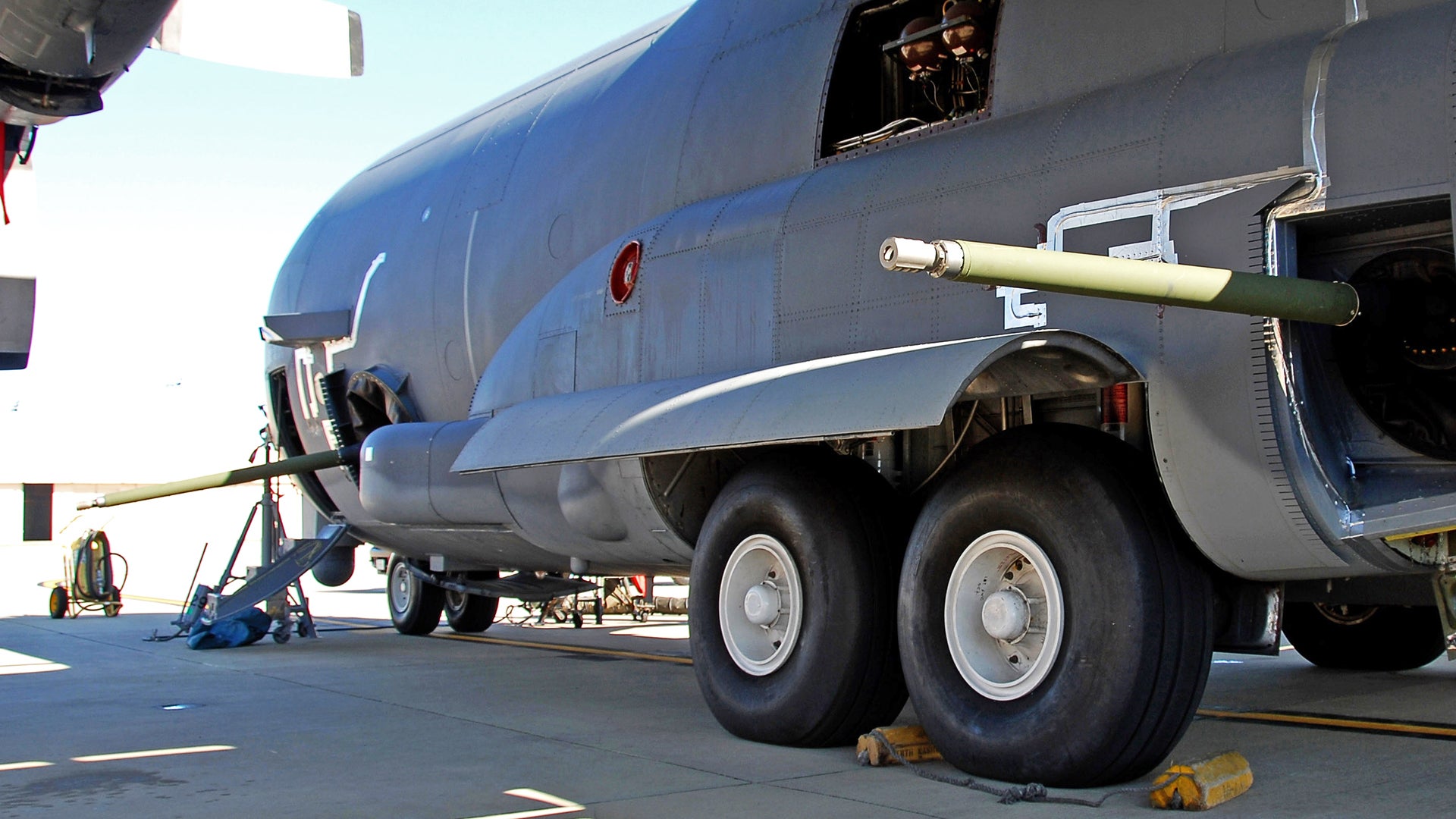The U.S. Army has made an urgent purchase of a specific type of 30mm cannon shells on behalf of U.S. Special Operations Command. Without the ammunition, the service said the U.S. Air Force’s AC-130W Stinger II gunships would be forced to use alternative rounds that would be unacceptably inaccurate and dangerously unreliable.
In June 2017, the Army approved a plan to purchase up to 200,000 PGU-46/B 30mm cannon rounds from Orbital ATK. The service did not publicly disclose the total potential dollar value of the contract, but had to issue a so-called justification and approval document to explain why they needed to give the work straight to the Virginia-headquartered defense contractor rather than solicit competitive bids from various companies. This document appeared on FedBizOpps, the U.S. government’s main contracting website, on Oct. 11, 2017.
The review contains a number of redactions and the released portions never mention the AC-130W or the U.S. Air Force Special Operations Command (AFSOC). However, it does specifically mention the need for the ammunition to work with the GAU-23/A cannon without any additional modifications. The Air Force’s AC-130W and AC-130J Ghostriders are the only aircraft presently in inventory that use this weapon and the J-model is still in the operational test and evaluation process. The Stinger IIs have appeared in official photographs and video from the fight against ISIS in Iraq and Syria and have supported operations in Afghanistan, as well. The gunships generally support special operations forces on the ground.
Even with the redacted portions, in its justification, the Army makes a clear argument that not buying the ammunition as soon as possible would put American personnel in unnecessary danger. There is also the possibility that innocent civilians could be at increased risks if the Air Force crews had to use alternatives in high priority close air support missions, or CAS, to defend friendly “troops in contact,” abbreviated TIC.

“The inventory of PG-46/B [sic] has now reached a critical level,” the contracting document explains. “The result of using PGU-13D/B rounds would be degraded support to [redacted] placing them at increased harm and risk as the PGU-13D/B is less accurate and experiences a higher dud-rate at longer stand-off ranges.”
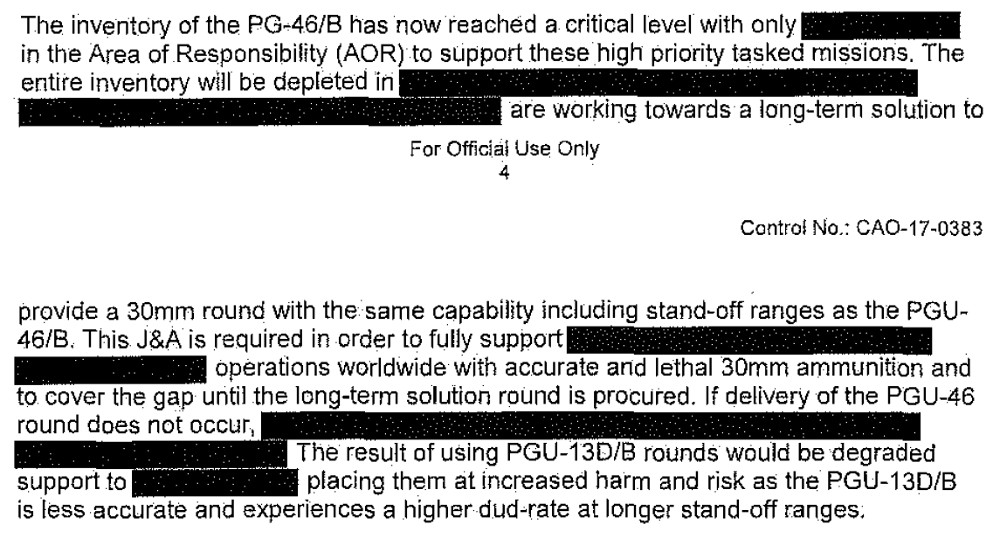
According to the document and information from Orbital ATK’s website, the differences between the two types of ammunition are minimal. The major change is that the PGU-46/B has a new low-drag fuze that more reliability detonates the shell’s high-explosive incendiary filler when it hits a target at “extended ranges.”
Neither source provides the exact parameters. But part of the reason for integrating the GAU-23/A onto the AC-130W and AC-130J was specifically to give the aircraft increased stand-off range when using its guns.
The PGU-46/B round is also virtually identical to the U.S. Navy’s Mk 266, except that the latter has a bright-burning tracer compound at the base of the projectile itself. Censors redacted the reason why a tracer round would be unacceptable, but it could easily be because the AC-130Ws almost exclusively operate at night. The light the Navy’s shells give off might be intense enough blind the AC-130W’s electro-optical and infrared cameras, or risk illuminating the aircraft itself, making it a glaring target for the enemy on the ground.
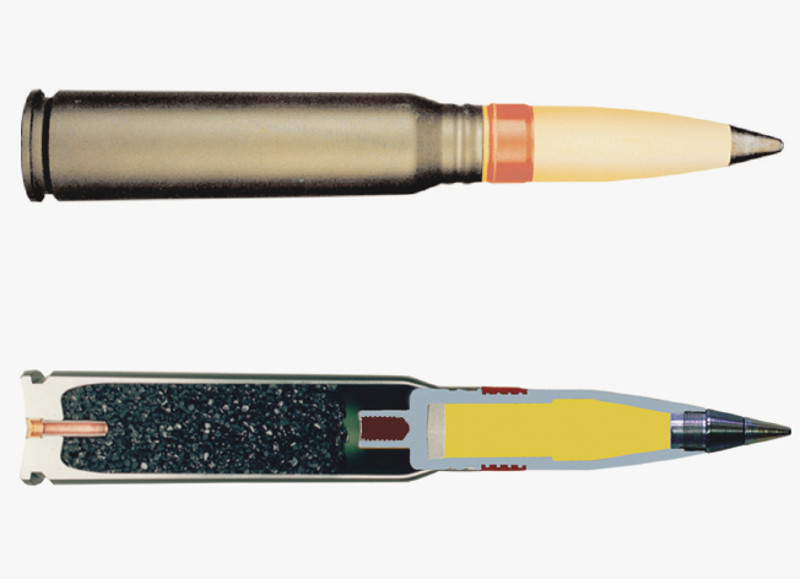
The single-barrel GAU-23/A is a variant of Orbital ATK’s Bushmaster II cannon. The Navy has installed its own version, the Mk 44, on the San Antonio-class of amphibious ships and the new Zumwalt-class destroyers as a means of defending against small, swarming watercraft.
The U.S. Army recently began to field a new type of Stryker armored vehicle with another variant of the weapon, known as the XM813. All of these weapons use the same size ammunition as the fearsome GAU-8/A Avenger cannon on the venerable A-10 Warthog.
The older AC-130U Spooky II aircraft have smaller 25mm GAU-12/U rotary cannons with a shorter range but higher rate of fire. This had in turn replaced a pair of 20mm M61 Vulcan cannons on earlier models. By the time the Air Force retired the last AC-130H Spectre in 2015, the service had removed these guns, replacing them with observation windows, and the planes relied entirely on their larger 40mm cannon and 105mm howitzer during operations.
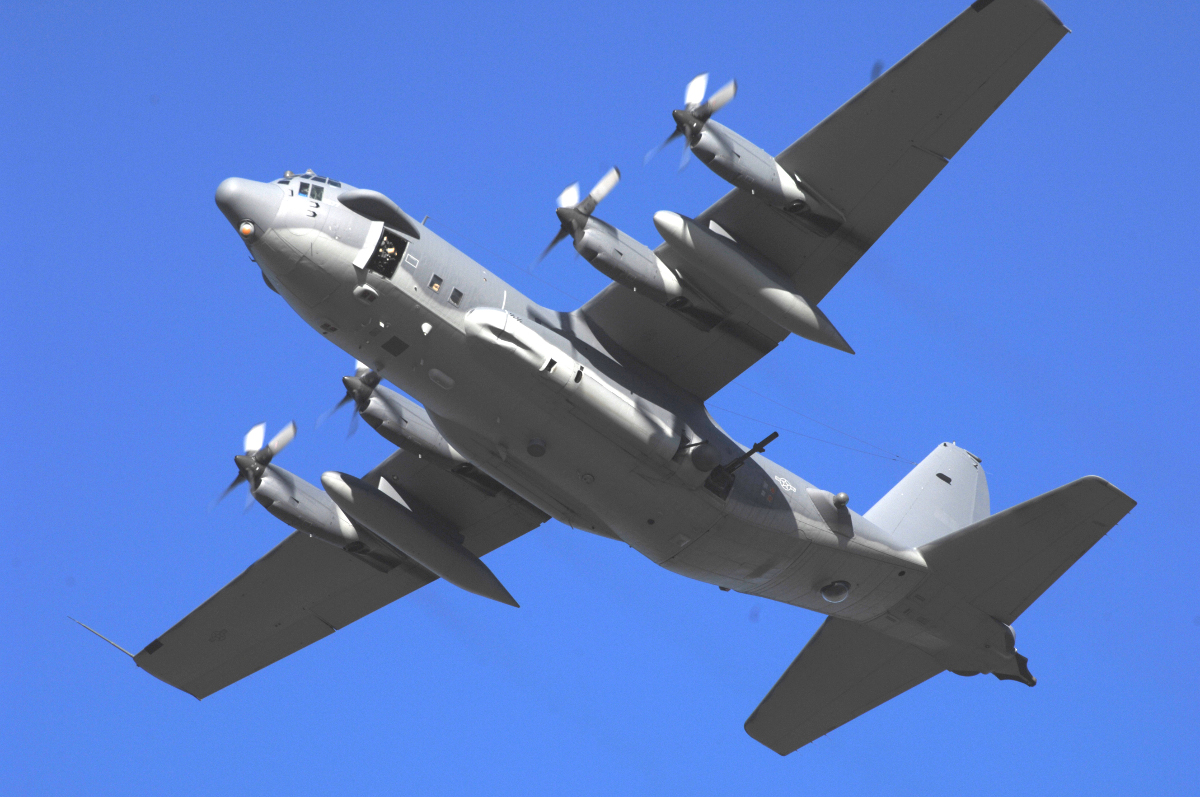
The main armament of the AC-130W initially was almost exclusively precision guided bombs and missiles. In February 2017, U.S. Air Force Major General Eugene Haase, AFSOC’s vice commander, revealed that so-called Block 20 Stinger IIs, armed with the 30mm cannon and an 105mm howitzer, were “down range.” Apparently for a period, at least some of those crews were firing the older PGU-13D/B ammunition.
“[Redacted] previously used the PGU-13D/B 30mm round for TIC operations, but ceased doing so because of high dud-rates and lower accuracy at stand-off ranges,” the contracting document explained. “Testing identified that the PGU-13D/B does not meet the precision weapons delivery that is required for real world TIC CAS. Furthermore the deployed units have further self-restricted that only the use of PG-46/B be used in combat for high priority tasked missions.”

This is a particularly interesting detail since the Air Force had admitted the combination of modified Mk 44 guns and the PGU-13D/B was too inaccurate for widespread use in tests almost a decade earlier. In 2007, the Air Force replaced both the GAU-12/U and the 40mm cannon on four AC-130Us with a pair of the Bushmaster IIs. By August 2008, it had returned all the aircraft to their original configuration.
On Aug. 11, 2008, U.S. Air Force Lieutenant General Bradley Heithold, then a brigadier general and director of plans, programs, requirements, and assessments for AFSOC, said the service had cancelled the project because the guns were too inaccurate “at the altitude we were employing it” during testing, according to Air Force Magazine. The U.S. Marine Corps also indefinitely delayed its own plans to add the gun to its KC-130 Harvest Hawk gunships, focusing instead on precision guided munitions.
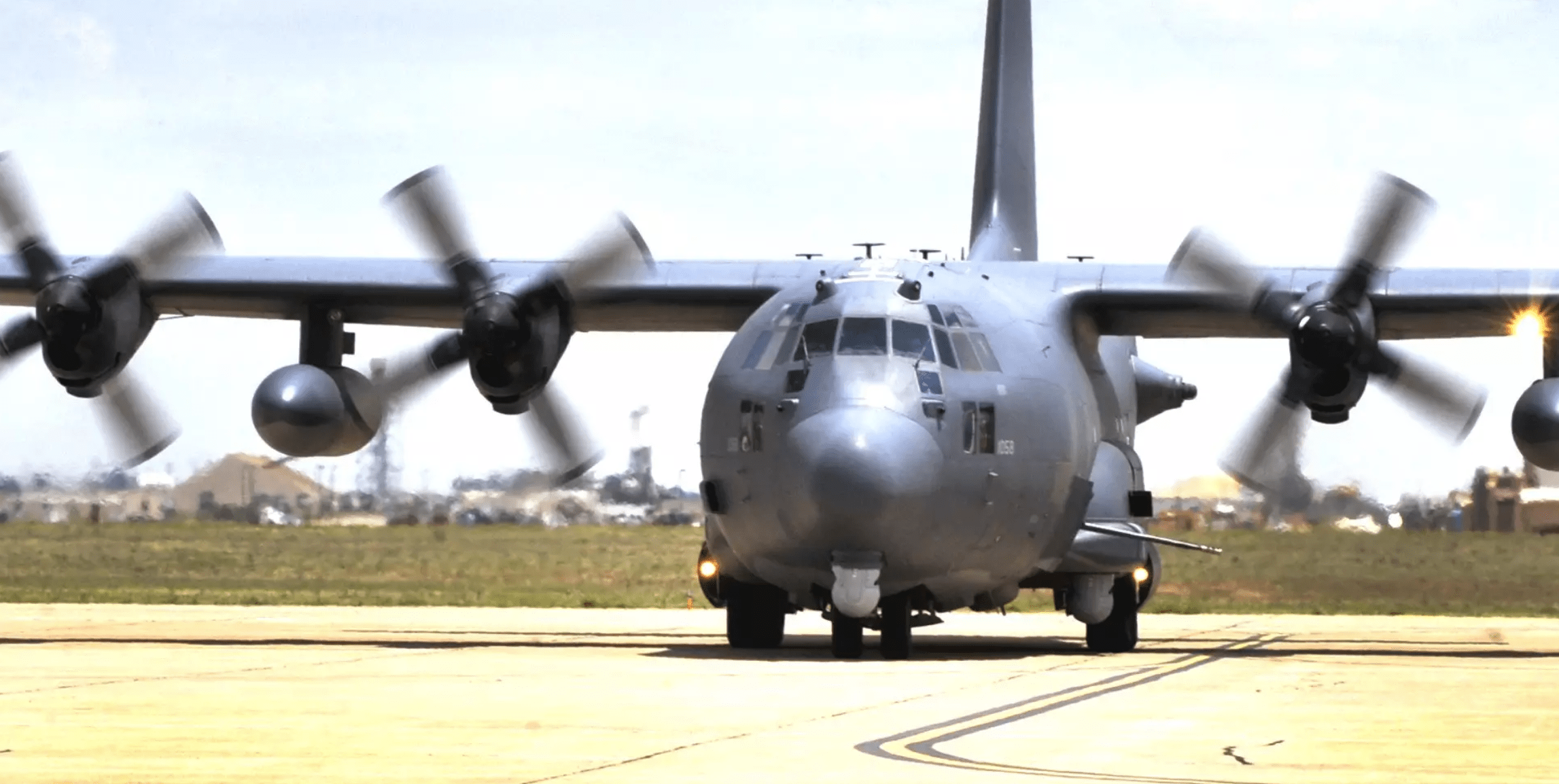
None of the unredacted portions of the Army’s justification for the purchase of PGU-46/B rounds describe any actual instances of friendly fire or civilian casualties due to the use of the older PGU-13D/B design. The risks are obvious, though, especially during operations in densely populated urban areas.
Sieges and brutal campaigns to liberate major cities have become hallmarks of the campaign against ISIS in both Iraq and Syria. The U.S.-led international coalition and the airpower it provides has been essential to those operations, particularly in ejecting the terrorists from their main hub in the Iraqi city of Mosul and the ongoing push to defeat the group in its de facto capital in Syria’s Raqqa.

In August 2017, the Los Angeles Times reported that American forces were routinely launching drone strikes that were “danger close” to U.S.-backed forces in Syria, meaning the bombs or missiles would hit in such close proximity to friendly personnel that the attack required special approval. This report came from a visit to Creech Air Force Base in Nevada, the nerve center for the Air Force’s drone operations, so it is possible that manned platforms were seeing a similar uptick in these types of missions.
Both of these campaigns have been marked by a distinct increase in reports of civilian casualties from air strikes. A similar surge of air strikes in Afghanistan has led to an increase in claims of collateral damage there, as well. The U.S. military has previously weathered criticism over likely causing innocent deaths during counter terrorisms operations in other countries, including Yemen.
There is no information available to suggest that the use of PGU-13D/B had contributed to any earlier claims of collateral damage. Given that crews have been restricting themselves to using the PGU-46/B would suggest they themselves see significant dangers in using the other ammunition.
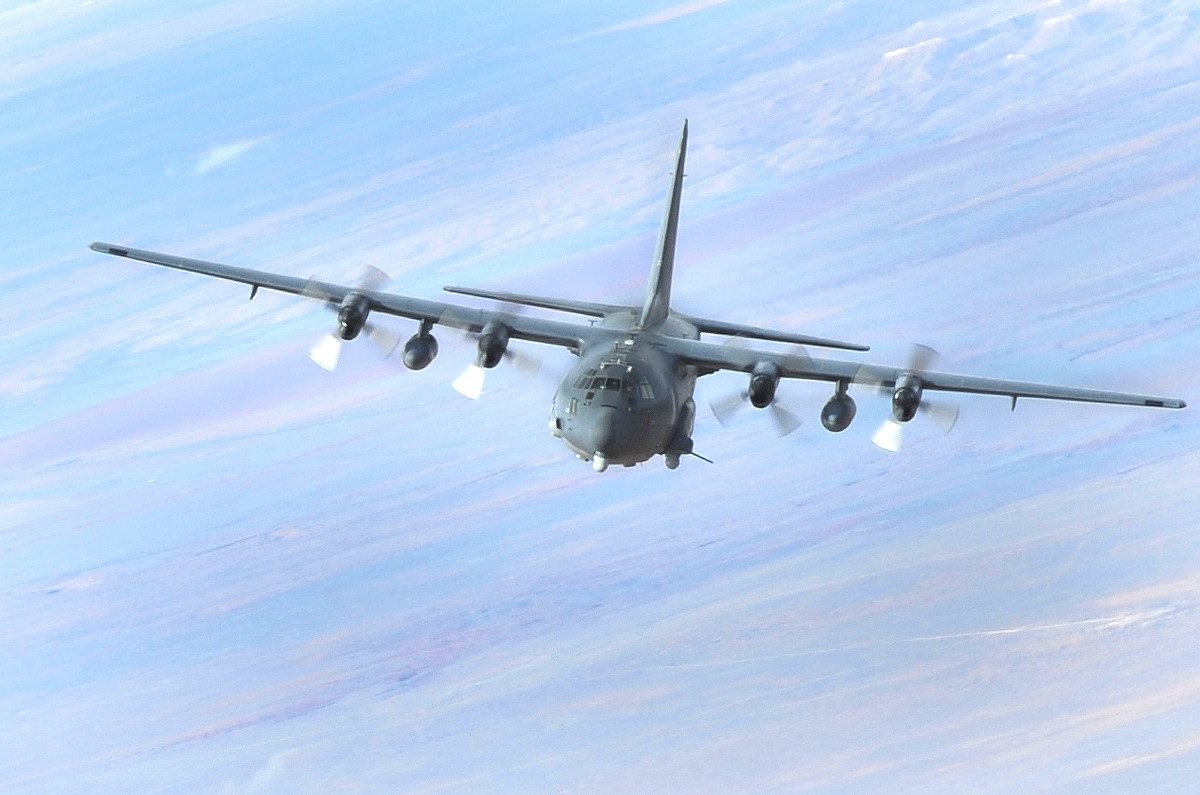
It is also unclear whether or not the issues with firing the PGU-13D/B from the AC-130W gunship have manifested themselves in any way with regards to the A-10s, which have also employed the rounds in combat against ISIS in Iraq and Syria. The Warthog’s low-level strafing runs are completely different from the Stinger II’s higher altitude pylon turn gun runs though.
Differences in the altitudes both aircraft operate at and how steep their typical angles of attack are could easily impact the functioning of the round’s fuze and its stability in flight. At the time of writing U.S. Air Forces Central had not responded to a query about whether or not accuracy or reliability concerns had impacted the use of the PGU-13D/B more broadly.
Since the PGU-46/B has become the default for AC-130W operations, it seems clear that U.S. Special Operations Command, or another service working on its behalf, will have to find a way to keep a steady stream of the rounds coming in the future regardless. They’ll need it for the up-coming AC-130Js, too.
Contact the author: joe@thedrive.com
